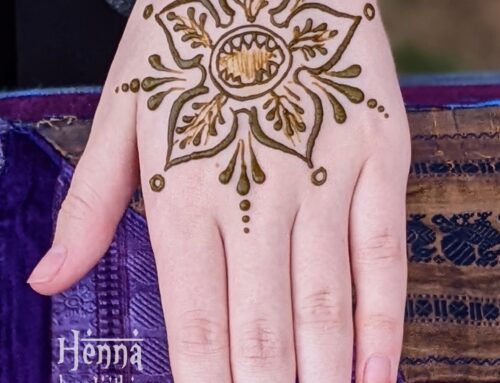In India, the shape we call a paisley in the US is known as “ambi”, or mango.

I had known this for quite some time, and knew a bit of the imperial history behind why we in the US have come to know the mango shape as “paisley”. In short, folks from the British empire took inspiration from the fabrics they found in India, and recreated the designs at a factory in Paisley, Scotland. So the designs came to be known as Paisley designs, and thus the most common mango shape in them, simply a paisley.
So, I knew a little bit about the history involved in the name of the shape, and now you do, too. But never before have I seen a mango that so much looks like the shapes that are named after them!
I feel like I really understand why the shape is named after this fruit, after seeing this Ataulfo variety mango at the grocery store today. I believe the variety of mango that I can usually easily find here in New England is the Kent variety, which is much more egg-shaped, and really doesn’t resemble the curvy teardrop shape so common in Indian art at all. But the Ataulfo variety of mango has the perfect little curve to it at one end, and it looks just like the traditional Indian and Persian shapes we find in fabrics, henna designs, and all other sorts of surface design.

